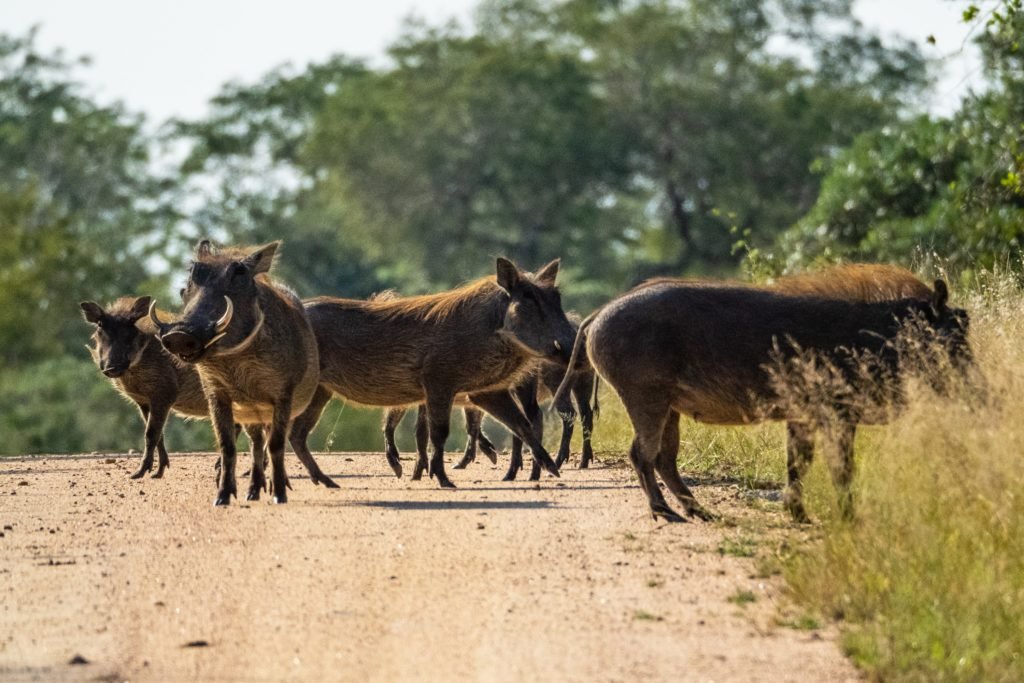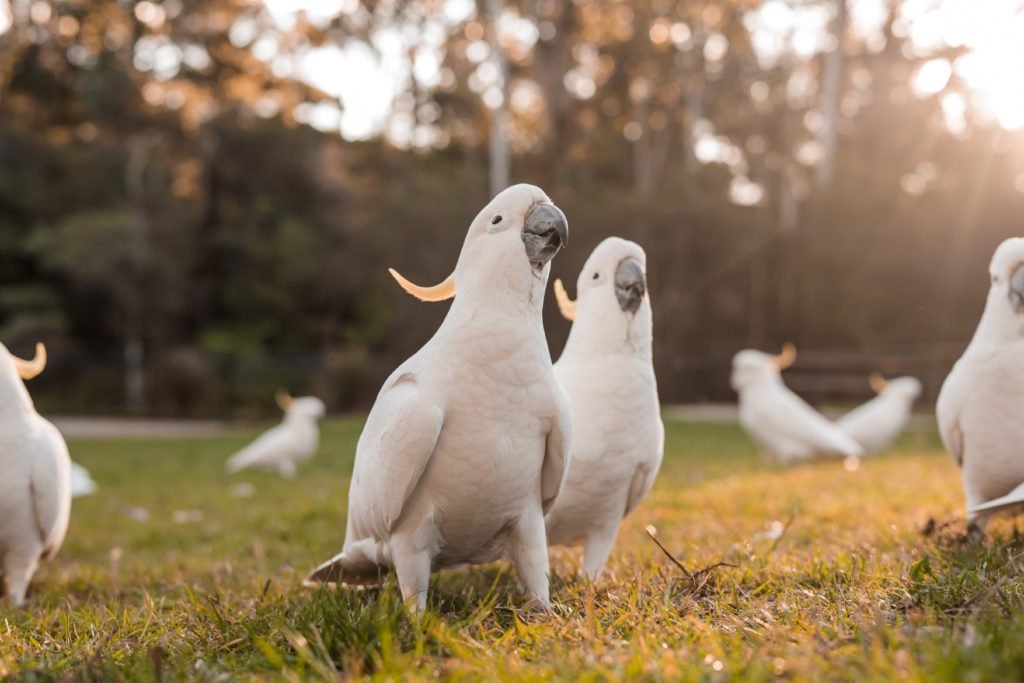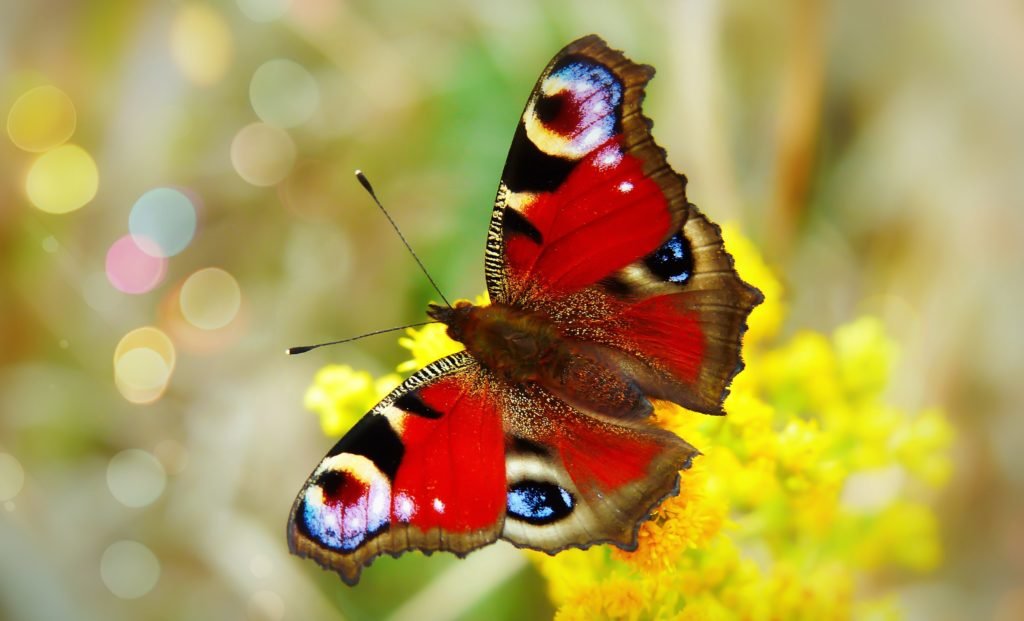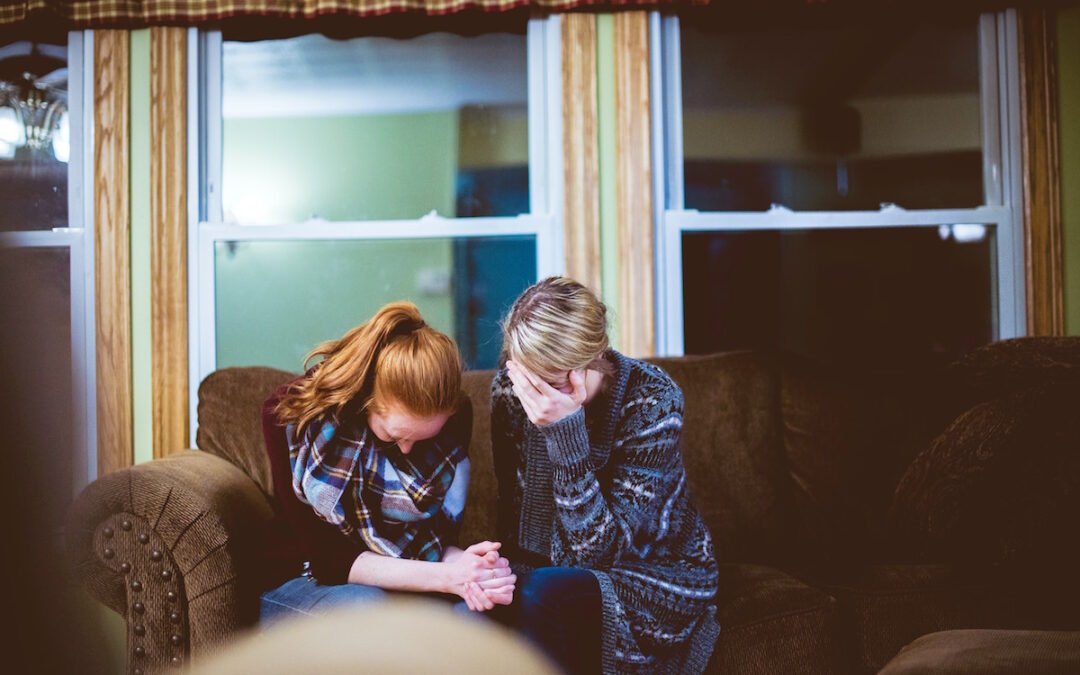Dealing with loss is extremely difficult.
The current pandemic has caused many of us to experience at least some form of loss.
You may have taken a financial hit, lost your job, have been asked to work from home, cut back your hours, or have been forced to make a decision about whether or not you should homeschool your children.
Have you been questioning the roles you play at work, your community, or even your family? You may even be re-evaluating your relationships, who you want to spend time with, and how.
But don’t worry – these are all normal things to think and talk about, especially during such an uncertain time.
Everything is left in the air and the future is so clear – so what can we do? How do we deal with all these sudden changes?
This uncertainty has left us reflecting on what matters most – and in that reflection, we can be peaceful, fulfilled, and stress-free. But unfortunately, most of us are not.
To understand your own way of dealing with loss, it’s helpful to take a brief look into your early years.
Understanding Dealing With Loss
Why you experience loss in a particular way:
When you are a baby, you have simple needs that are usually met by a parent or caretaker. As you grow older and experience more needs, you realize that not everyone is going to meet your needs.
You will also begin to realize that there will be certain people who do meet your needs. They will do so, though, with unhappiness. This can lead to conflict or chaos (to learn more about how to deal with conflict and chaos, click here).
You make this mean something about you – usually, that there is something wrong with you or that you’re not enough as you are. So, your sensitive little soul goes about attempting to get its needs met in other ways, that, through trial and error, “work” – but these ways are often unhealthy because they are based in fear of not getting their needs met and protection of the wounded self that thinks it’s not enough.
Eventually, these unhealthy go-to ways of getting our needs met form into patterns of behaviour – patterns that are archetypal.
Four Power Archetypes and How Each One Goes About Dealing With Loss
While there are many different power archetypes, I’ve discovered four primary ones that carry distinct power patterns. These power patterns are designed to get your needs met.
For ease of use, and a little levity, these archetypes are animals: the boar, the cockatoo, the butterfly, and the armadillo. To better understand your way of dealing with loss, you should first understand these 4 different power archetypes.
The Boar

The Boar’s power pattern is a result of having an unpredictable childhood where the child needed to “take control” to feel safe within their environment.
Because of this constant unpredictability and need to take control, when a boar reaches adulthood, they may feel forced to take control in certain situations.
When they begin to feel that there is a lack of safety, uncertainty, and a real or perceived loss of any type, the Boar will take actions that help it to feel back in control.
These types of actions may mean taking on more work projects, creating a bigger to-do list, taking on a new non-profit initiative, or building or creating something.
The Boar’s motto is “more is better”. They truly do believe that when they get more done, the more in control they are.
To avoid looking within and experiencing potentially painful thoughts connected to the loss they experienced in the past, the Boar seeks to fill its day with seemingly productive ventures and the quest to reach more goals.
The Cockatoo

The Cockatoo’s way of dealing with it is a result of disconnection and/or verbal abuse or negativity in the family environment.
The little Cockatoo is highly connected to people and finds great joy in family gatherings, parties, and playing with others. They love being around people and gain knowledge, power, and energy in these types of environments.
When the young Cockatoo experiences a break-up of this natural need to bond, whether it’s the actions or words of mom and dad or teachers and kids at school, they attempt to shelter their sensitive hearts by holding on to the stories of the past and becoming a victim to those stories.
When dealing with loss, the Cockatoo complains, blames, and judges. They can become bitter, resentful, and even depressed and disillusioned with life and people. They may not take accountability for their actions and use this as a way to deal with a difficult situation.
The Butterfly

The Butterfly’s power pattern is a result of an unexpected trauma or turn of events occurring in the formative years of childhood.
Unlike the Boar who experiences a relatively constant unpredictable environment, the Butterfly has a fairly smooth and pleasurable path until the event happens.
Often caught by surprise, the Butterfly makes the unconscious decision to never again become committed to loved ones – which turns into a lack of groundedness and commitment in other areas of life as well.
They lose trust in people and certain situations, which tends to result in unhealthy mechanisms.
When dealing with loss, the Butterfly tends to indulge in retail therapy, be prone to bright-shiny object syndrome, and may even leave people and situations suddenly without much planning or thought given to their actions.
The Butterfly’s escapism via a new direction/path or “flighty” tendencies are made obvious in times of loss.
The Armadillo

The Armadillo is a highly intelligent, sensitive soul who has unique gifts that are not seen or valued, particularly in the formative years. This is where their power pattern comes from.
Because they have such high intelligence, the little Armadillo decides that people will never really understand them for who they are, and so subconsciously make the decision to retreat into their shell.
When dealing with loss, the adult Armadillo disappears both literally and figuratively, making decisions to self-isolate emotionally, psychologically, and spiritually.
Books and journals, long walks, and time alone feed the Armadillo, but often at the expense of deeper connection with loved ones.
If left unchecked, this power archetype can withdraw completely from life, never taking a stand for what matters for self, others, and for the planet.
What to Do Next When You Are Dealing With Loss
Once you’ve identified your primary and secondary archetypes and how you go about dealing with loss during uncertain times, you have an opportunity to choose again!
This is a great opportunity to make a positive change.
But remember: this choice is not an overnight change – it does take practice to notice your archetype’s shadow thoughts that suck you back into familiar, unhelpful habits.
It takes committed, daily observation of how you “do” loss through your thoughts (which ignite your actions or lack thereof.) Reading The Tao of Influence, my newly released book, will support you to create a more peaceful and empowered reality where you are no longer repeatedly drawn into the same patterns, and can begin to live a life of true positive power.
Find my book here: https://karenmcgregor.com/taoofinfluence
I also encourage you to check out my YouTube channel for excellent training videos on these topics. http://www.youtube.com/c/KarenMcGregor1
Interested in finding out your power archetype? Take the quiz now!
For more helpful information on dealing with loss both curing the pandemic and other uncertain times in your life, please visit www.KarenMcGregor.com. You can also check out my programs here.
And don’t forget to join our Facebook Group community of leaders and inspired influencers:
https://www.facebook.com/groups/InfluenceAncientWisdomInspiredLeaders/
Want to read more blogs like this? Check out some of my most popular blogs below!
Putting on the Pounds during COVID-19? Here Are 5 Ways to get to the Root of the Problem
Is Your Need to Control Everything Controlling Your Life? Here’s What You Can Do About It.
Lessons in Less: 15 Leadership Insights from the Sacred Valley in Peru


Recent Comments